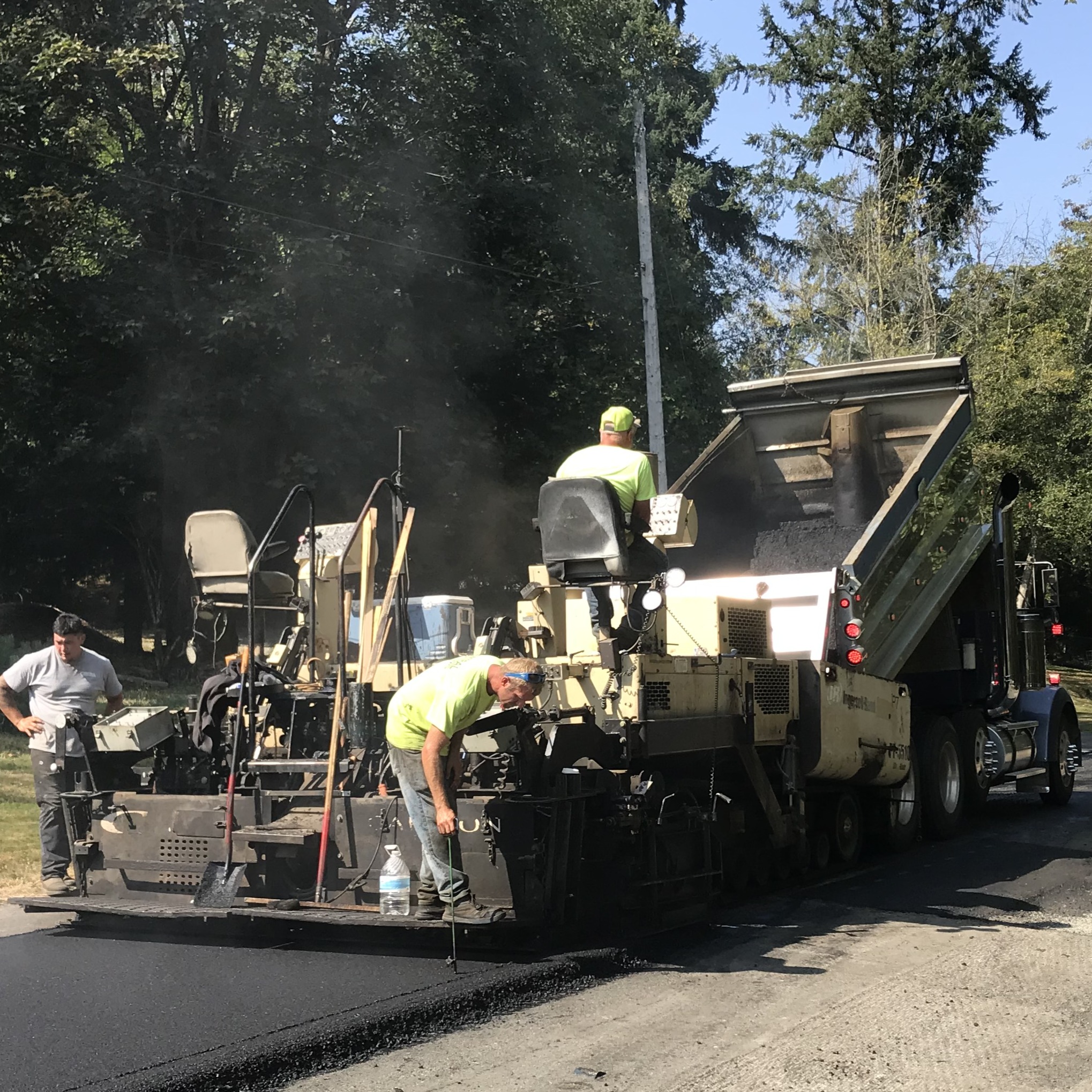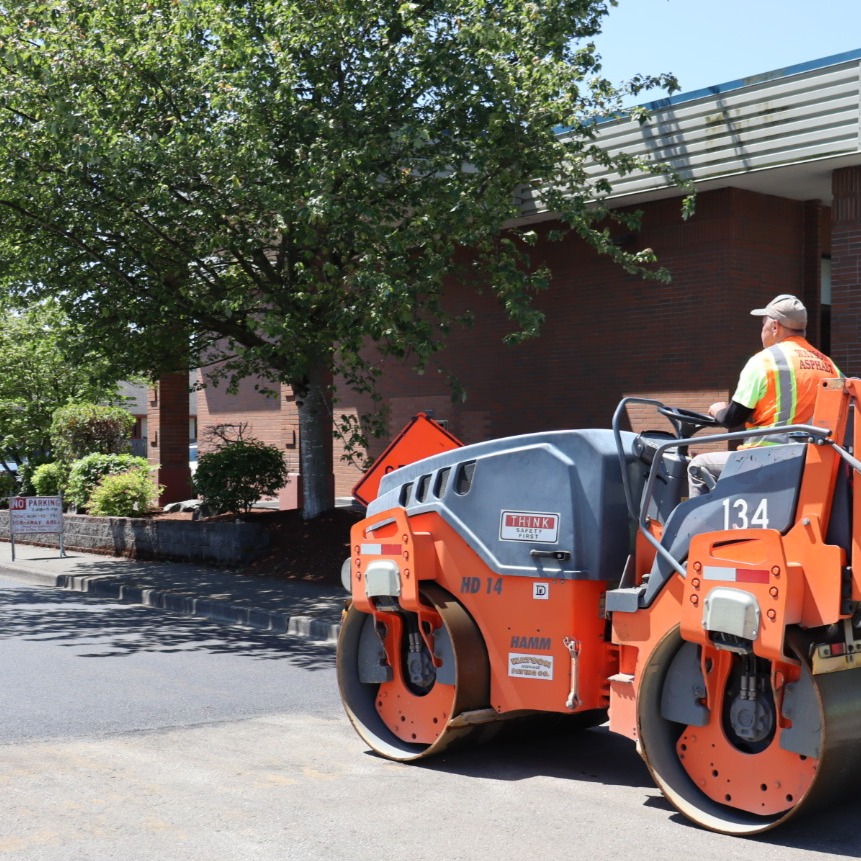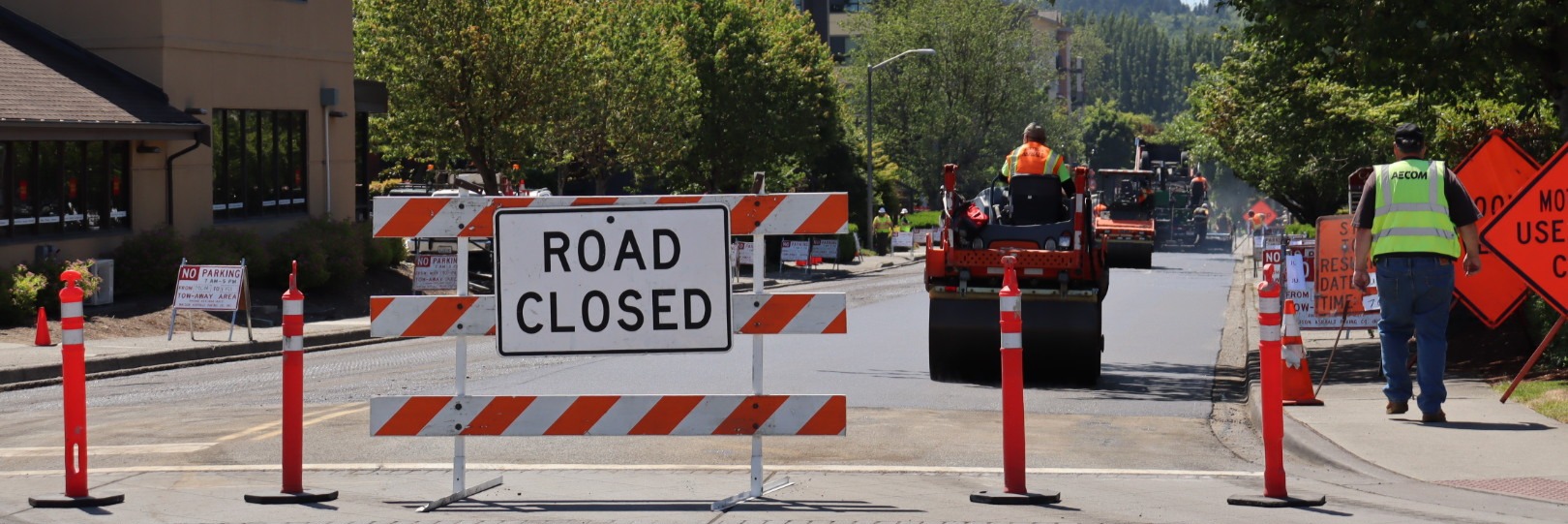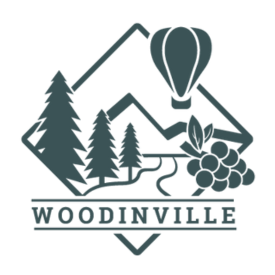Street Overlay (Resurfacing)
A street pavement overlay is a type of preventive maintenance that significantly extends the life of City streets. Pavement naturally deteriorates over time due to traffic, weather, and drainage. Temperature fluctuations cause expansion and contraction, which leads to cracks. When water enters those cracks, it weakens the asphalt and can compromise the road’s structural integrity.
The City’s annual overlay program helps preserve streets by resurfacing them before significant deterioration occurs. Overlays are typically applied around the midpoint of a street’s life cycle, extending the pavement’s useful life by 5 to 7 years or more and delaying the need for full reconstruction.
By performing overlays and other proactive maintenance early, we can slow pavement decline and avoid more costly repairs in the future.
How it Works
To determine which streets need resurfacing, the City conducts regular pavement condition assessments as part of its comprehensive pavement evaluation program. Launched in 2017, this program helps prioritize long-term investments in street infrastructure. The analysis rates each roadway’s condition, estimates its remaining service life, and recommends cost-effective maintenance strategies. The most recent evaluation was completed in July 2024.
Based on these findings, the City identifies overlay candidates. Funding is then allocated through the Biennial Capital Improvement Plan and Budget, followed by project design and coordination.
Overlay Repair Process
Overlay work involves several steps:
- Removing existing striping and pavement markings
- Sealing larger cracks in the pavement surface
- Applying a layer of hot-mix asphalt
- Repainting the pavement markings
In many cases, streets are milled (ground down) before resurfacing to prevent asphalt buildup along gutters and drains. Because the process occurs in stages, crews may return to the same location multiple times before the work is complete.
Repairs in 2025
The City allocated over $4.68 million for street overlays in the 2025–2026 Biennium Budget, based on the pavement condition analysis.
The following streets are scheduled for resurfacing in 2025:
- 126th Pl NE – from NE 173rd Pl to NE Woodinville Drive
- 152nd Ave NE / NE 192nd St / 148th Ave NE – north of NE Woodinville Duvall Road
- NE Old Woodinville Duvall Road – from 156th Ave NE to NE Woodinville Duvall Road
- 160th Ave NE – south of NE 195th St to NE 190th St
- NE 198th St – between 156th Ave NE and 164th Ave NE
- 164th Ave NE – from NE 198th St to north of 203rd Pl (City Limits)
- 163rd Ave NE – between NE 198th St and NE 203rd Pl
- NE 200th Ct – west of 163rd Ave NE
- NE 203rd Pl – from 156th Ave NE to 164th Ave NE
A program map is provided in Documents.
What to Expect
If overlay work is scheduled in your neighborhood, please watch for construction signs, digital message boards, and temporary “No Parking” signs to stay informed.
During construction, the street will be temporarily closed to all users.
- Advance notice: Door hangers and signs will be posted before work begins.
- Street closures: Streets will be closed to vehicles during paving. Expect delays.
- No on-street parking during construction hours.
- Pedestrian and bicycle access: Sidewalks will remain open.
- Essential services: Trash pickup, mail delivery, and emergency access will continue.
- Business and park access: At least one access point will remain open at all times.
- Fresh asphalt caution: Travel lanes will stay closed until the asphalt cools and sets.
Emergency access will be maintained at all times. However, we recommend parking on nearby unaffected streets if you have time-sensitive appointments.
Please note: Construction schedules may shift due to weather or unforeseen conditions. Check the City website or social media for real-time updates. Residents directly affected will receive additional notices.






